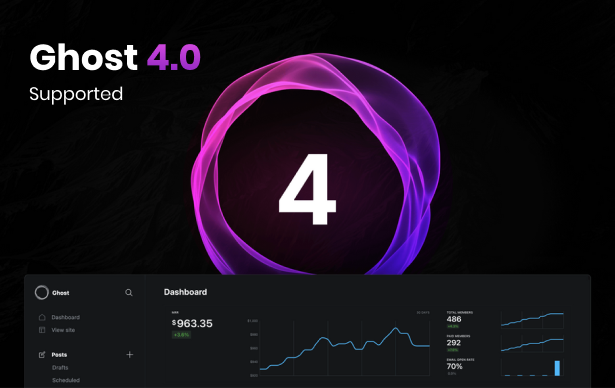
While buying domain names can quickly become the focus of many growing Domaining businesses, knowing what names to drop is an equally important part of running your business. If you only have a few hundred domains it might not be an issue, but as you cross the 1,000 domain threshold it can quickly become more meaningful. The problem with dropping domains is that in many cases you have to admit to yourself that you were wrong, and what you once paid your hard-earned money for, probably isn’t worth anything.
Back in 2008, a year after I started Domaining I dropped a total of 600 domain names. These were not all .COMs either so the total amount of money I essentially threw-away that first year was over $10,000. Ouch right? Yes and no. Hindsight is 20/20 and I learned a lot that first year, I decided it made more sense to put $10,000 into new acquisitions, rather than focusing on keepings the dreams I had alive for some of the domains I had purchased.
This turned-out to be a great move as it took my business to the next level, allowed me to make a few much more meaningful sales, and most importantly, learn from my mistakes. So, while knowing what names to buy is important, knowing what not to by, and thus what to drop can have an even greater impact on the success of your business. Of course this leads to a topic that has many different points of view, how to determine what names you should drop.
There is no magic formula to determine what names to drop, and no real right answer to the question, but I can tell you how I make these decisions for my own portfolio.
- Every domain should have a purpose – an investment is something that pays you, every domain you buy should be an investment so you better know the purpose of every name in your portfolio. If you’re hanging onto a domain every year because it “sounds brandable” or “will hit it big if this trend just takes off” you may need to make sure it really has a purpose. By purpose I mean you should have real data behind why it will sell (i.e. similar past sales that you yourself have done) or why it will generate passive income.
- Be careful with TLDs that you’ve never sold – I know a lot of people that get excited about being able to hand-register one-word domain names in obscure TLDs. If you have a ton of .MX names and you’ve never sold one of them ask yourself how you really expect this to change over the next year or two. Stick with TLDs that you have a solid track record selling or monetizing.
- Avoid the “a similar name sold for X last year” mentality – remember, big domain sales machine like Sedo still sell less than 1% of the domains listed on their site. This means that just because one domain sold a year or two ago doesn’t mean that a similar name will sell for anything close if at all right now. This happens a lot with plurals, remember, owning the plural of a domain that sold for six-figures does not make it a six, five, or even four figure domain. RealEstate.com is a multi-million dollar name, RealEstates.com could maybe sell in the five figures, but it might take 5-10 years to make it happen. Use your own sales history to justify if you can sell a domain. If you have a buyer who is always looking for domains related to “motorcycles” and has a history of paying in the $5K-$10K range, great, sell it to them. However if you’re hanging onto a name because someone else sold a similar name, make sure you have a good reason to think it will sell for anything remotely close, be brutally honest with yourself here.
- Domaining-related names generally won’t sell for big bucks – as Domainers it’s easy to fall in love with Domaining-related names. You’ve either slapped the letters “DN” at the front of a commonly used words or taking combined the word Domaining with another word or phrase. Either way if you’re not planning on developing it yourself, don’t expect it to sell.
- Niche mini-sites can’t be your monetization strategy for hundreds of domains – yes you can absolutely make money with well-built content sites. Scaling this to 10, 20, or even 30 sites is possible but it takes a lot of work and not all will make money. Earmarking hundreds of your domains as “great potential content sites” is probably nullifying the profits you are making on a few of your top sites. If your only plan for a domain is to put a content site on it, make sure you really think you’ll make some money and have a good reason to back it up based on your own past experience. If not you may as well drop it so you can keep more of the profits from your sites that actually generate revenue.
As always feel free to ask any questions you have or share your own methodology for deciding which names to drop in the comments section below. Comment and let your voice be heard!
Oh and for those wondering, yes, the image at the top of this article are actual domains I dropped in July of this year. See if you can use the logic above to determine why I dropped each.



